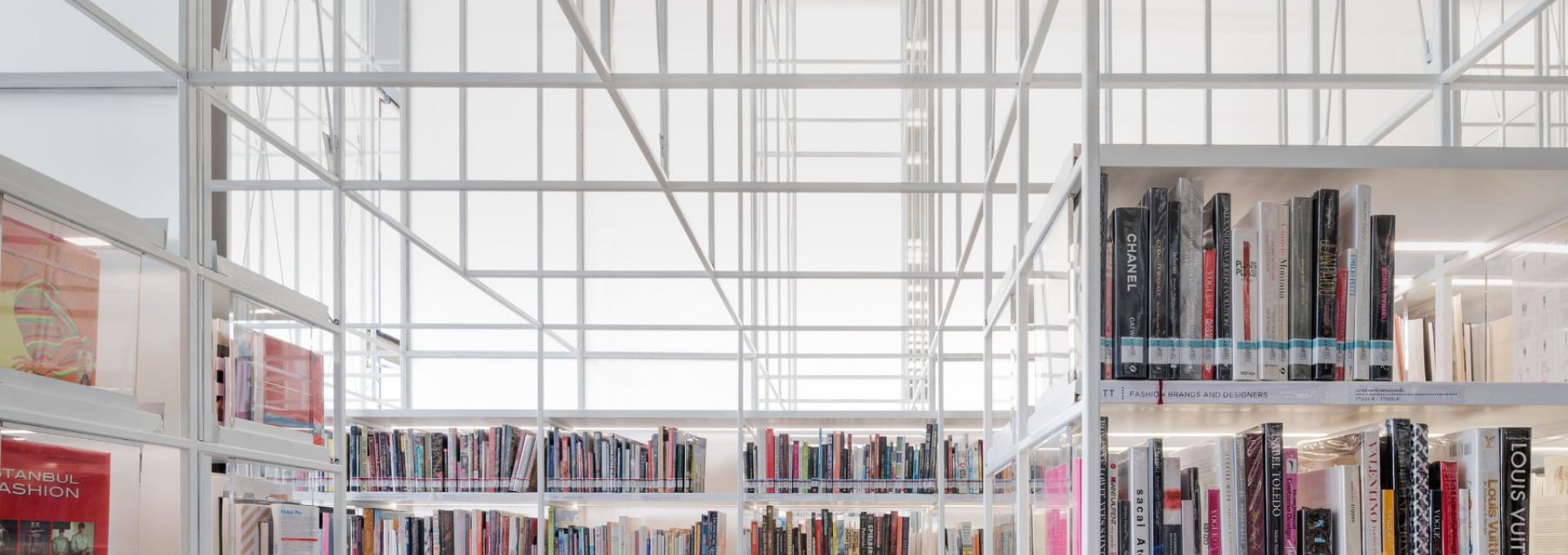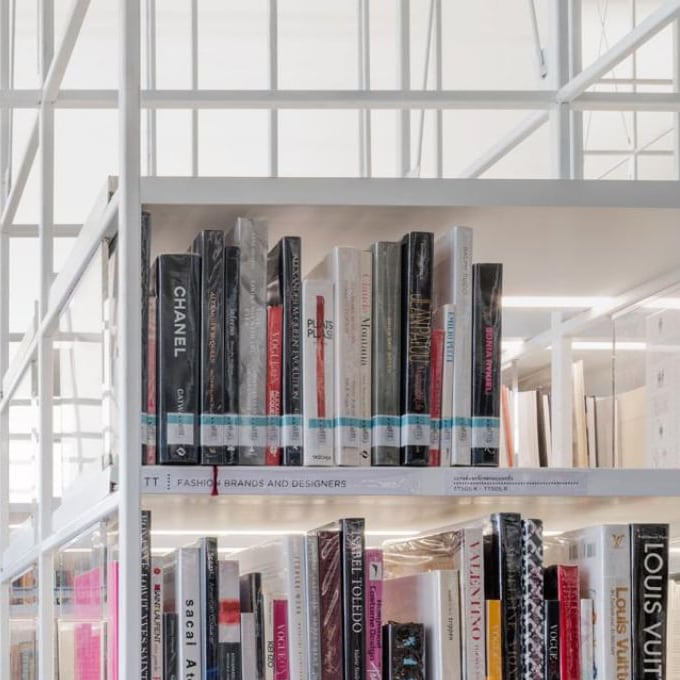The White Lotus Season 3: A New Wave for Thailand’s Creative Economy
The announcement that Thailand has been chosen as the filming location for HBO’s hit series The White Lotus Season 3 is a clear signal of the country’s growing importance on the global stage. Following the overwhelming success of the first two seasons, filmed in Hawaii (USA) and Sicily (Italy), the arrival of this world-class production team not only brings direct economic benefits but also drives the creative economy on a broader scale. It also reshapes Thailand’s tourism image in the eyes of the world, especially during a time when Thai economy faces multifaceted challenges.
The White Lotus phenomenon: When entertainment reflects real economics
From the warm beaches of Hawaii to the luxurious villas of Italy, it’s now Thailand’s turn to shine as a global tourism destination. After the first two seasons of The White Lotus revolutionised luxury tourism, the same phenomenon is happening in Thailand as the filming location for Season 3. The White Lotus phenomenon inspires travelers worldwide to dream of staying in luxurious resorts and experiencing the same lifestyle as the show’s characters.
The White Lotus isn’t just about its intricate plot and dramatic characters; it also showcases stunning vacation destinations and irresistibly charming luxury lifestyles. The series, a dark comedy satirising society, revolves around two groups of characters: wealthy tourists staying at luxurious resorts and the hotel staff who serve them. Each character has to deal with their own bittersweet life experiences.

Aimee Lou Wood, Charlotte Le Bon, Patrick Schwarzenegger
(Fabio Lovino / HBO / press.wbd.com)
What’s even more interesting is how the first two seasons positively impacted tourism and the economies of their filming locations. For instance, The White Lotus Season 2 led to a six-month booking surge at the Four Seasons San Domenico Palace. Some even call it a “cultural phenomenon,” where the show’s popularity has created new trends, inspiring fans to visit filming locations, stay at the same hotels, and follow the show’s footsteps. This reflects the powerful influence of “The White Lotus Effect” on global tourism.
This makes it excellent news that The White Lotus Season 3 has chosen Thailand as its new filming location, showcasing the country’s culture, tourist attractions, and natural beauty. Thanks to Mike White, the show’s creator and director, who fell in love with Thailand while filming The Amazing Race, Thailand edged out formidable competitors like Japan at the last minute. Certainly, The White Lotus Season 3 has already made a swift impact on Thailand’s tourism sector. It had 2.4 million views on its premiere day; a 57% increase compared to previous season, and brought an immediate increase in searches for accommodations in Thailand.
The appearance of Lisa (Lalisa Manobal), a global Thai superstar, further boosts the White Lotus Phenomenon among its audience and her international fanbase. It can be said that this series is driving Thailand’s creative economy both directly and indirectly, like a new storm sweeping across the country overnight.

(Fabio Lovino / HBO / press.wbd.com)
Direct Economic Impact on Thailand: Massive Production Value
According to the Tourism Authority of Thailand (TAT), from July 1, 2021, to March 16, 2022, 86 foreign film productions from 33 countries were filmed in Thailand, generating 4.24 billion baht in revenue. This has led to an annual economic circulation of approximately 900-1,200 million baht and created over 800 jobs per year.
Particularly, the production of a premium series like The White Lotus, with an investment of 2-3 million USD (approximately 70-100 million baht) per episode, took place in Thailand over 4-6 months across five key locations: Koh Samui, Phuket, Phang Nga, Bangkok, and Pathum Thani. This created over 300 jobs in the local film industry, including technical crews, art teams, makeup artists, photographers, local guides, and Thai supporting actors.
Additionally, expenditures on accommodations, food, transportation, and filming locations are expected to generate at least 500 million baht in direct revenue for local businesses, particularly in key locations like Koh Samui, Phuket, and Bangkok. Moreover, it also promotes Thai tourism to a global audience at no cost. This demonstrates the direct economic impact of a single global production like HBO’s The White Lotus on Thailand.

Lalisa Manobal, Tayme Thapthimthong
(Fabio Lovino / HBO / press.wbd.com)
Indirect Impact: Elevating Thailand’s Creative Industry
The arrival of a world-class production team is like a “mobile school” for Thailand’s film industry professionals. Collaborating with renowned director Mike White and HBO’s professional team surely raises production standards and transfers new knowledge to the Thai film industry. Importantly, showcasing Thai culture and tourist destinations through the perspective of global producers helps build Thailand’s soft power in the long term, similar to how Korean dramas have popularised Korean culture worldwide.
Looking deeper into related industries, such as hotels, resorts, luxury accommodations, premium restaurants, and tour companies, the indirect positive impacts include:
- Increased accommodation bookings: TAT data reveals that The White Lotus Season 3 led to a 12% increase in searches for accommodations in Koh Samui, with interest from American tourists rising by nearly two-thirds (65%). As a result, Thailand now rank among the top five countries globally accommodation searches (for Koh Samui) on Agoda.
- Filming locations as tourist attractions: From luxury seaside resorts to popular tourist spots, many locations featured in the series have attracted global attention. This interest extends to nearby tourist cities and local businesses, such as restaurants, bars, cafes, and tour companies.
- Promoting culture and ecotourism: Thailand’s rich culture and natural beauty are gaining significant interest. Tourists want to learn about local traditions, enjoy Thai cuisine and beautiful ecotourism experiences. This helps balance high-end luxury tourism with sustainable tourism that preserves Thai culture and traditions.
- Influencing fashion and lifestyle: The series has impacted high-end fashion and lifestyles that were inspired by its characters and filming locations. Luxury goods and services have seen increased popularity among high-income consumers. It also reflects the image of high society and the sophistication of luxury lifestyles.
Furthermore, the series greatly impacts Thailand’s film production industry. With global series choosing Thailand as a filming location, it enhances the country’s credibility and open doors for more international productions to consider Thailand in the future.
The White Lotus Effect: The series’ influence on luxury tourism
After Mike White and his team explored various hotels across the country, they selected four luxury resorts as filming locations: Four Seasons Resorts Koh Samui, Anantara Lawana Koh Samui Resort, Anantara Bophut Koh Samui Resort, and Anantara Mai Khao Phuket Villas. This has boosted luxury tourism, with hotel bookings and the average daily rate (ADR) on Koh Samui increasing by 40% (according to the Tourism Authority of Thailand).
Additionally, high-end real estate, such as villas and luxury vacation homes on Koh Samui and Phuket, has also gained more interest. Since the film The Beach (2000) put Maya Bay on the global map and The Hangover 2 (2011) attracted international buyers to the lifestyle on Koh Samui and Phuket, it is predicted that The White Lotus Effect will also drive demand for private villas and luxury vacation homes in Thailand.

Lek Patravadi
(Fabio Lovino / HBO / press.wbd.com)
Opportunities and Challenges for Sustainable Economic Development
The arrival of The White Lotus Season 3 is a golden opportunity to develop various industries in Thailand. However, how to sustain the creative economy, like the success of “Cool Japan” and “Creative Korea,” through global series and international films shot in Thailand?
While short-term economic stimulation is beneficial, we should consider promoting a creative economy to drive sustainable national development. The focus should be on creativity, skills, and wisdom in order to add value to products and services. The government and related agencies should take this opportunity to improve infrastructure, develop human resources, enhance the image of Thai products, build brands, and promote creative tourism-related services.
Additionally, we should promote responsible ecotourism that preserve natural and cultural sites and allow tourists to participate in creative activities. Developing cultural and historical attractions as learning centers and involving local communities in tourism management will help tourists experience the real essence of Thailand.
Creating an ecosystem conducive to high-quality content production—through tax incentives, streamlining visa and permit processes, and upskilling the creative workforce—will be key to building on the success of The White Lotus and positioning Thailand a global content production hub in the future.
TAGS: #Creative Industry #Films

